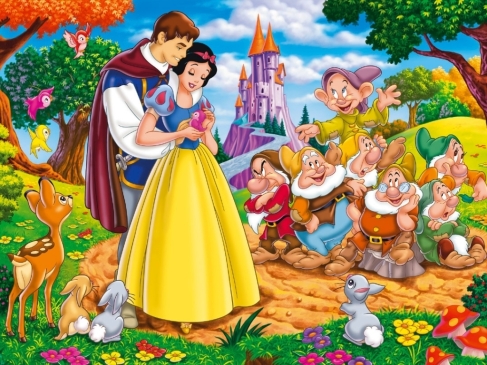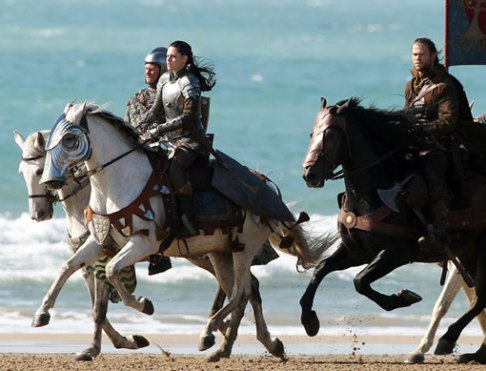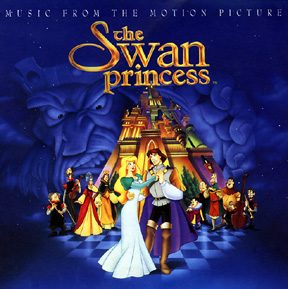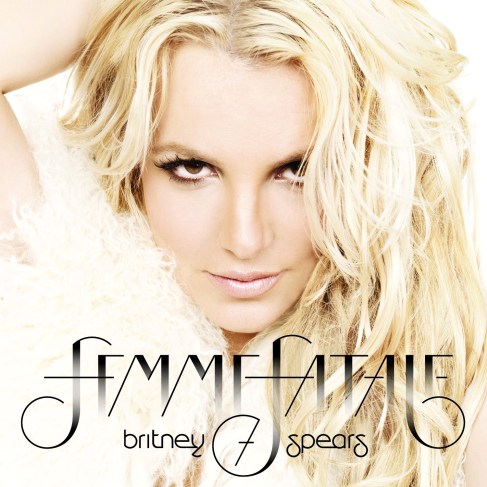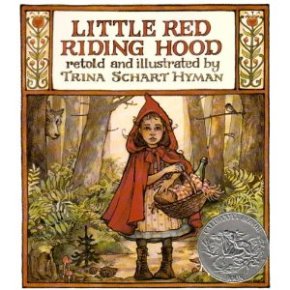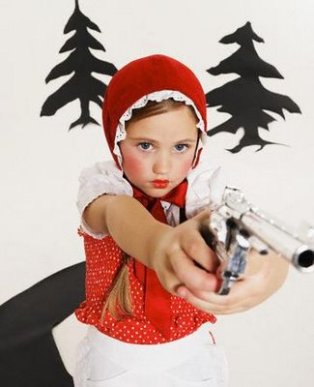The Beast character in Jeanne-Marie Leprince De Beaumont’s 1756 version of Beauty and the Beast is the most common and notable to an individual with general knowledge of fairy tales. He is depicted as a creature with an intimidating appearance, but a kind and gentle personality. Beaumont’s Beast is portrayed as a hero when he rescues Beauty’s father, a gentleman by actually taking the time to prepare a room for Beauty, and perhaps even a needy and clingy man in which Beauty’s departure of more than 2 weeks causes him to become ill to the point of being at the brink of death towards the end of the story. In contrast, we have an alternative version of the Beast known as the Pig Prince from Giovanni Francesco Straparola’s story The Pig King. This “Beast” takes the form of a pig and is actually born as one in the beginning of the story. Despite his appearance, the pig was overconfident, demanding, and mirrored a very witty and mischievous monarch. The Pig Prince became the protagonist of his own story and his “Beauty,” Meldina, only served as the woman who would appease his wishes of getting married.
One could argue that the Pig Prince could have gained his spoiled and arrogant mindset by the way he was raised. His mother never once gave up on him and, as a piglet, was raised like royalty. He grew accustomed to his pig-like self and was taught to not be ashamed of his outer appearance since he was still a prince on the inside. Despite the fact that he grew older, his nasty habits of wallowing in the mud or dirt and rubbing “his sides against [his parents’] garments” never once receded and seemed to accentuate the pig persona he had developed over the years of his life. In contrast to Beaumont’s Beast who seems to be ashamed of his appearance, the Pig Prince is raised to accept his appearance and perhaps lives in a delusional world that a prince with the appearance of a pig was actually considered normal.
Overlooking the pig related impulses the prince has in the story, he still acts like royalty and demands that he be wed to a beautiful girl of his choosing. When he gets the opportunity to meet his betrothed, his interactions with her may be interpreted as abnormal to the average person, but if one takes a closer look, his nuzzling and dirtying of his betrothed’s garments is a sign of affection. In his own way, the Pig Prince shows his affection through his pig-like persona which has been accepted by his parents. When this love is rejected and he overhears his betrothed planning to murder him, the prince is quick to murder the woman he had once loved. Although it may difficult to sympathize with a murderer, the Pig Prince is experiencing insecurity from a judgmental person for the first time and one cannot help but wonder the pain in his heart when he discovers that his betrothed is plotting to kill him. Coincidentally enough, he is judged again by the second sister and murders her as well. Could it be that the Pig Prince is so prideful that any sign of being judged will put him into a fit of murderous rage?
Now we all know the common routine of fairy tales such as “third time is a charm” and the moral of not judging a book by its cover, but what exactly can a reader call the Pig Prince in this story? Beaumont’s Beast asks Beauty to marry him and it is only until the third time that he gets his wish, on the other hand, the pig prince murders two sisters to get to the third and youngest sister, who willingly accepts his proposal. Moreover, judging a book by its cover should really be considered when discussing Straparola’s murderous pig prince. Towards the end of the story we discover a pivotal point in which he has apparently been wearing a pig skin the whole time. Now why would he wear a pig skin? One could assert that he was merely testing his wife candidates. Of course, we have to overlook the fact that he murdered two girls and tip our hats off to him for being so conniving to be able to come up with such a genius plan. What can we call this character? A villain, an anti-hero, perhaps even an evil genius! We do not encounter these kinds of protagonists that often in fairy tales and it is interesting to note that he may be symbolizing the reward a daughter gets when she accepts her husband for who they are… because if they do not, then death is the only option.
“Surely you jest!” you may interject, but I kid you not! Let us not forget the time period this was written in and how arranged marriages went accordingly. To the contemporary mind, a woman should choose the man she wishes to spend the rest of her life with, but back then it was not the woman’s decision. In fact, our lovable prince pig handpicked his ideal wife and demanded their hand in marriage. He was a jerk, but an intelligent and sneaky one at that. A woman who willingly accepts the man selected for them by their parents would most likely be rewarded, in this story’s case a handsome prince who has a bad habit of dressing up as a pig. The action of murdering the two sisters who rejected his love showed the consequences of going against their parents’ wishes. Undoubtedly, one should probably not take this literally as it can be inferred that murder and whatnot in fairy tales were meant to deter a child from doing something bad that was against their parents’ wishes.
Finally, this character is very important to the story seeing as he is the protagonist of the story. Perhaps if we replaced him with Beaumont’s Beast here would be less “casualties” and more of Beast’s self-loathing and moping for being rejected by the first sister. I do not think Beaumont’s Beast would be able to handle rejection twice like the pig prince.




